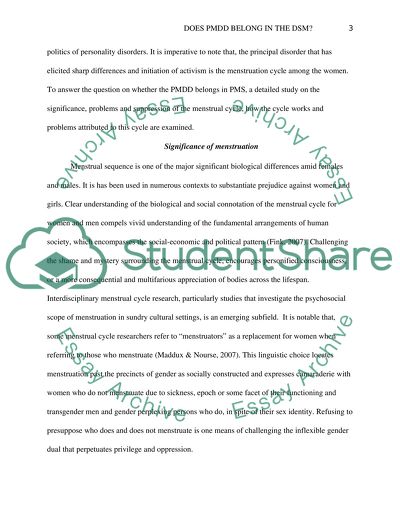Cite this document
(“The politics of personality disorders Offman, A. & Kleinplatz, P. J Article”, n.d.)
Retrieved from https://studentshare.org/psychology/1461348-the-politics-of-personality-disorders-offman-a
Retrieved from https://studentshare.org/psychology/1461348-the-politics-of-personality-disorders-offman-a
(The Politics of Personality Disorders Offman, A. & Kleinplatz, P. J Article)
https://studentshare.org/psychology/1461348-the-politics-of-personality-disorders-offman-a.
https://studentshare.org/psychology/1461348-the-politics-of-personality-disorders-offman-a.
“The Politics of Personality Disorders Offman, A. & Kleinplatz, P. J Article”, n.d. https://studentshare.org/psychology/1461348-the-politics-of-personality-disorders-offman-a.


